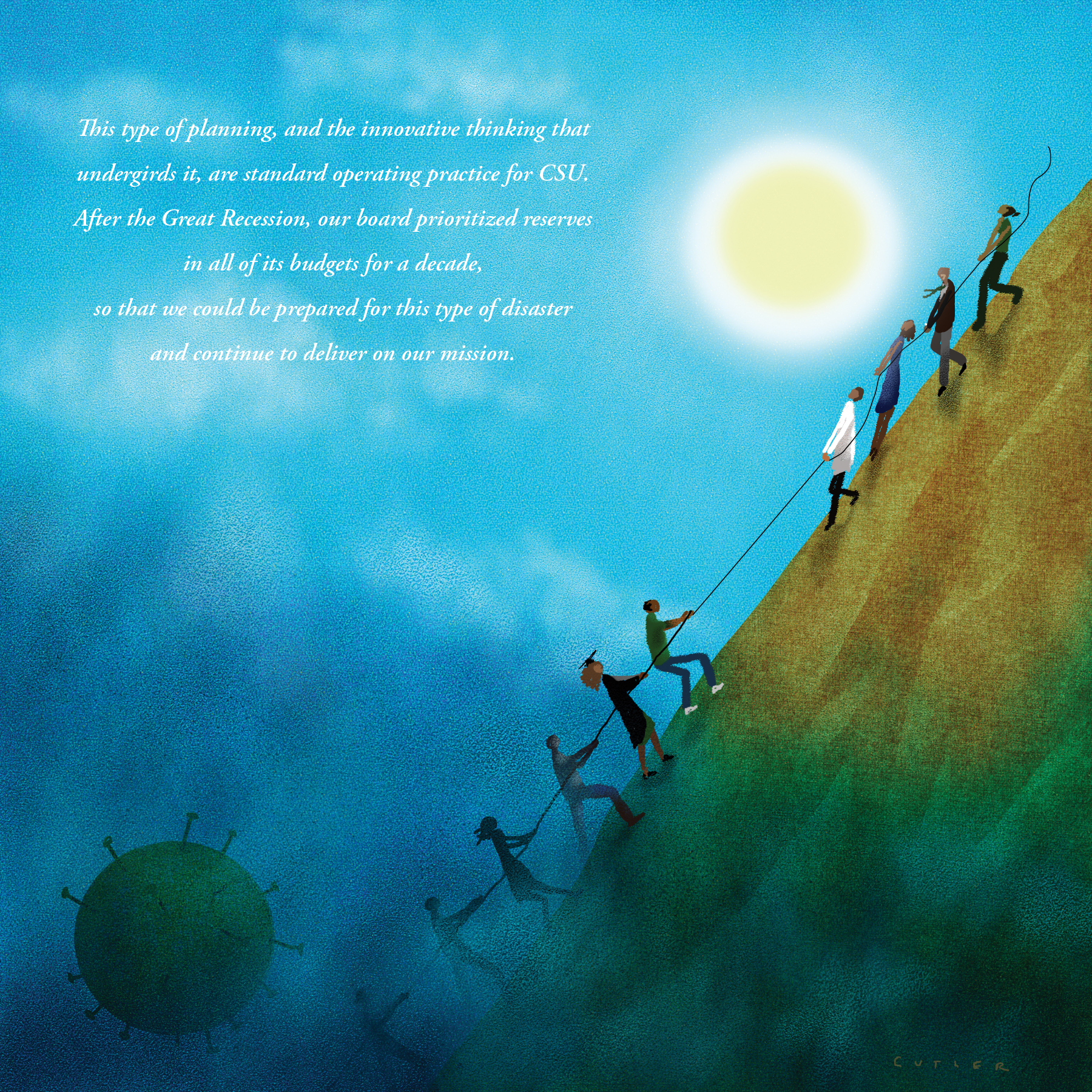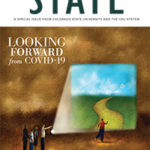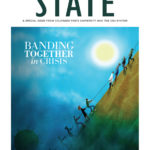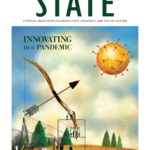Photo: Joe A. Mendoza / Colorado State University
The Colorado State University System is going to get through this pandemic in solid shape and be ready to welcome students back in the fall.
Budgeting isn’t normally an exciting process. Yet budgeting for our campuses during COVID-19 has been a bit of a wild ride – ultimately revealing an ability among leaders and policymakers to band together for the benefit of our students, employees, and the economic stability of our state during the most significant crisis of our lifetimes.
It wasn’t easy to get here. Back in May, when we would normally be finalizing our budget planning for the year in conjunction with the Colorado Legislature’s passage of its Long Bill, we were instead starting over from scratch. Faced with a looming deficit of more than $164 million across the CSU System, with state and federal support still uncertain, our campuses began to plan for cuts that would have sliced deep into the quality and capacity of our universities – perhaps irreparably.
The significance wasn’t lost on those who understand how critical higher education is to the economy of our state and local communities. In Northern Colorado, CSU is the largest employer. In Southern Colorado, CSU Pueblo is one of the largest employers. CSU Global employs people in communities around our state and around the country. Our graduates are essential workers in key industries that fuel our state’s fiscal and societal well-being. Our research yields new knowledge and innovations that spur business, economic development, and quality of life in Colorado and around the world.
We know that in the wake of the Great Recession a decade ago, communities that were home to college campuses rebounded more quickly than other places. Gov. Jared Polis, our congressional delegation, and members of the Colorado Legislature all know this – and rallied along with the Board of Governors of the CSU System to help stabilize higher education during the crisis.
As a result, the budget our board approved is significantly more positive than those facing most U.S. campuses, thanks to the state government’s strategic deployment of funds from the federal Coronavirus Aid, Relief, and Economic Security Act and the vision of our Board of Governors in marshaling resources and preparing for emergencies over the last decade. We are freezing tuition across all our campuses and avoiding salary and job cuts. This package leans heavily on federal stimulus funds, pairing them aggressively with CSU System reserves and proceeds from board-initiated refinancing. These funding sources allow us to substantively spare the campuses, where the real work of teaching, discovery, and engagement occurs.
Let’s pause here and be clear. We are not avoiding deeper cuts because our campuses lack that will; indeed, future years may show the need for additional reductions. We are avoiding these cuts in no small part because of our role as a public entity, established by an act of Congress and supported for 150 years by the citizens of Colorado to build a better future.
Everywhere higher education turns today, one sees risk. And the easiest way to mitigate risk – in an organization where more than 80 percent of the costs are personnel expenses – is to turn to layoffs. But layoffs in a time of high unemployment simply fuel downward economic pressure. A part of the role we can play today, as we did in the Great Recession, is as a stabilizing influence in the economy of our communities and our state. So, instead, our Board of Governors prioritized payroll protection, choosing not to take the easy path. And, not as chancellor, but as a taxpayer, I want to publicly thank them for the position they took. By doing so, they added a stabilizing factor into our economy and planted the seeds for economic recovery that we know will come.
Similarly, freezing tuition ensures that our mission of access and opportunity remains strong at a time when higher education will be an economic lifeline for many people who are either newly unemployed or retooling for a workforce that looks dramatically different than it did six months ago.

Our campuses will still do some belt-tightening and feel the impact of the pandemic recession. Many positions will remain unfilled, and all of us will need to pick up that load. We will also continue to plan for the contingency of a more prolonged economic downturn than any of us hope for.
This type of planning, and the innovative thinking that undergirds it, are standard operating practice for CSU. After the Great Recession, our board prioritized reserves in all of its budgets for a decade, so that we could be prepared for this type of disaster and continue to deliver on our mission.
Around that same time, they hired Becky Takeda-Tinker as the first president of CSU Global – and under her leadership, it became the country’s first fully online, fully accredited public university. CSU Global receives no state funding, and it is built on a business model that is completely unique in the higher education marketplace. During a time when online education is suddenly in the spotlight, CSU is well-positioned with the best and most well-established online model of any state university system in the country – a model that emerged during a previous economic crisis and continues to serve us well.
Now, as we navigate through this latest crisis, we’re continuing to focus on possibilities. In June, we announced that President Takeda-Tinker will step into a new role with the System as chief educational innovation officer. In this role, she will be leading our System in exploring new ways to fill in gaps in our nation’s education pipeline, aiming to deliver learning that provides a measurable return on investment for students and industries, particularly in the arena of workforce education. She will be spearheading partnerships with industry, government, and other universities to ensure our entire workforce has the training and opportunities needed to get back to work and keep our economy strong.
COVID-19 may be the most encompassing crisis of our lifetimes, but it is one of many potentially devastating crises that CSU has endured in its 150 years. The pandemic itself has exposed societal fault lines, particularly racial and economic inequities, and addressing these honestly and seriously will be as important to the future health of our society as the search for a COVID-19 vaccine. In the face of all these challenges, we know that with an innovative spirit, a relentless focus on sound management and planning, and strong leadership on each of our campuses, we will forge ahead and be ready to welcome students back in the fall – and to move forward from there to address the critical, mission-driven work that our universities exist to do.
As chancellor, I could not be more proud to deliver this message or more grateful to our board leadership, our state government and federal congressional representatives, and the faculty, students, staff, and leaders of our System campuses.
Tony Frank, D.V.M., Ph.D., is chancellor of the Colorado State University System, which includes Colorado State University, CSU Global, CSU Pueblo, and the emerging Spur campus at the National Western Center in Denver. He became full-time chancellor in July 2019, after serving as 14th president of CSU, the System’s flagship, for 11 years, with four years in the dual role of chancellor and president.





